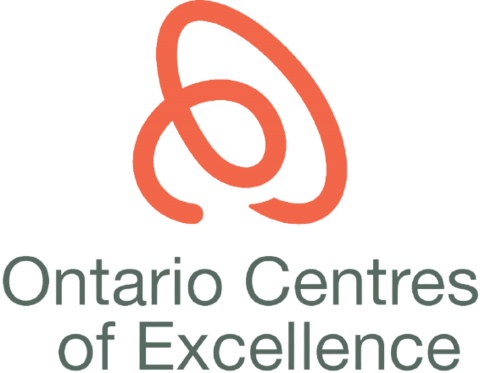Research Description
Our research focuses on fluid dynamic problems that are defined by a strong coupling between turbulence, thermodynamics and chemical kinetics. Using a toolbox consisting of high-fidelity numerical simulations, large-scale computations, and applied mathematics, we study the physics of cavitation, supercritical turbulent mixing and combustion, thermoacoustics, and high-speed flows to address challenges in the fields of rocket propulsion, nuclear science and automotive engineering. Detailed numerical simulations are used to gain a fundamental understanding of the multi-physics interaction for problems in which the physical coupling mechanisms can be difficult or impossible to detect experimentally. The physical insight gleaned from the numerical studies is used to: (1) enhance predictive modelling capabilities of computational fluid dynamics for complex industrial applications; (2) develop low-order models to effectively capture the multi-physics interaction; (3) explore innovative solutions for the constructive leveraging of the strong coupling between the various physical phenomena. A subset of the problems that are currently under investigation are: vortex cavitation and reconnection, heat transfer in supercritical channel flow, shock/boundary layer interaction in hypersonic vehicle reentry, cavitation modelling in cryogenic turbopump inducers and transcritical combustion under acoustic perturbations.
Areas of Application
- Rocket propulsion and feed systems
- Nuclear energy systems (SCWR)
- Gas turbine (propulsion and energy)
- Aerospace
Research Projects
- Trans/Supercritical mixing and combustion
- Inherent thermoacoustic instabilities
- Characteristics scales of shock/turbulence interaction
- Compressible vortex reconnection and sound generation
- Space vehicle re-entry
- Thermosensitive cavitation in cryogenic turbopumps
Research Support
ㅤ


ㅤㅤ

ㅤ



